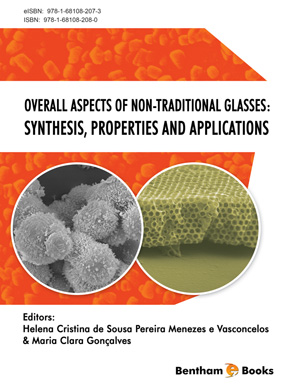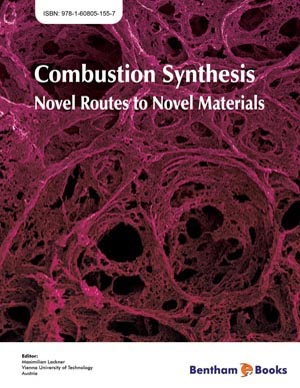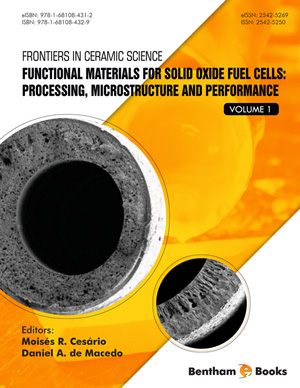Abstract
This chapter revisits the concepts of the vitreous state and the main theories concerning the glass structure and the criteria for glass formation.
First, the conditions for the formation of a vitreous solid from cooling down from a melt are presented, together with the meaning of transformation temperature of glass. Also it is referred the influence of the thermal history of a glass on its properties.
Next, a survey of the existing literature on the structure of glasses is made.
Several structural theories are presented: Zachariasen, Lebedev, Huggins and Porai- Koshits which are here considered to be the most important theories for glass structure.
Also, it is relevant the presentation of diverse theories which postulate the criteria which have to be followed by an oxide to be considered as a glass-forming oxide.
In this way criteria based on crystal chemistry concepts (Goldschmidt, Zachariasen), criteria based on the correlation between the ability to form glass and the bond strength (Dietzel, Sun, Rawson) and between the glass-forming ability and the type of bonding (Smekal, Stanworth) are discussed.
Finally, the main experimental techniques commonly used to the study of glasses structure are briefly presented.
Such techniques include X-ray diffraction, Small angle X-ray scattering, Fourier transform Infrared spectroscopy, Infrared reflection spectroscopy, Raman spectroscopy, Nuclear magnetic resonance and Electron microscopy (scanning and transmission, coupled with electron probe microanalysis). And for the study of chemical composition of glass and surface glass layers: Auger electron spectroscopy, secondary ion mass spectrometry and Rutherford back spectrometry.
Keywords: Crystallites, Dietzel, glass structure, glass-forming criteria, glassforming oxides, Goldschmidt, Lebedev, Porai-Koshits, random network, Rawson, Smekal, structons, Sun, transformation temperature, vitreous state, Zachariasen.







